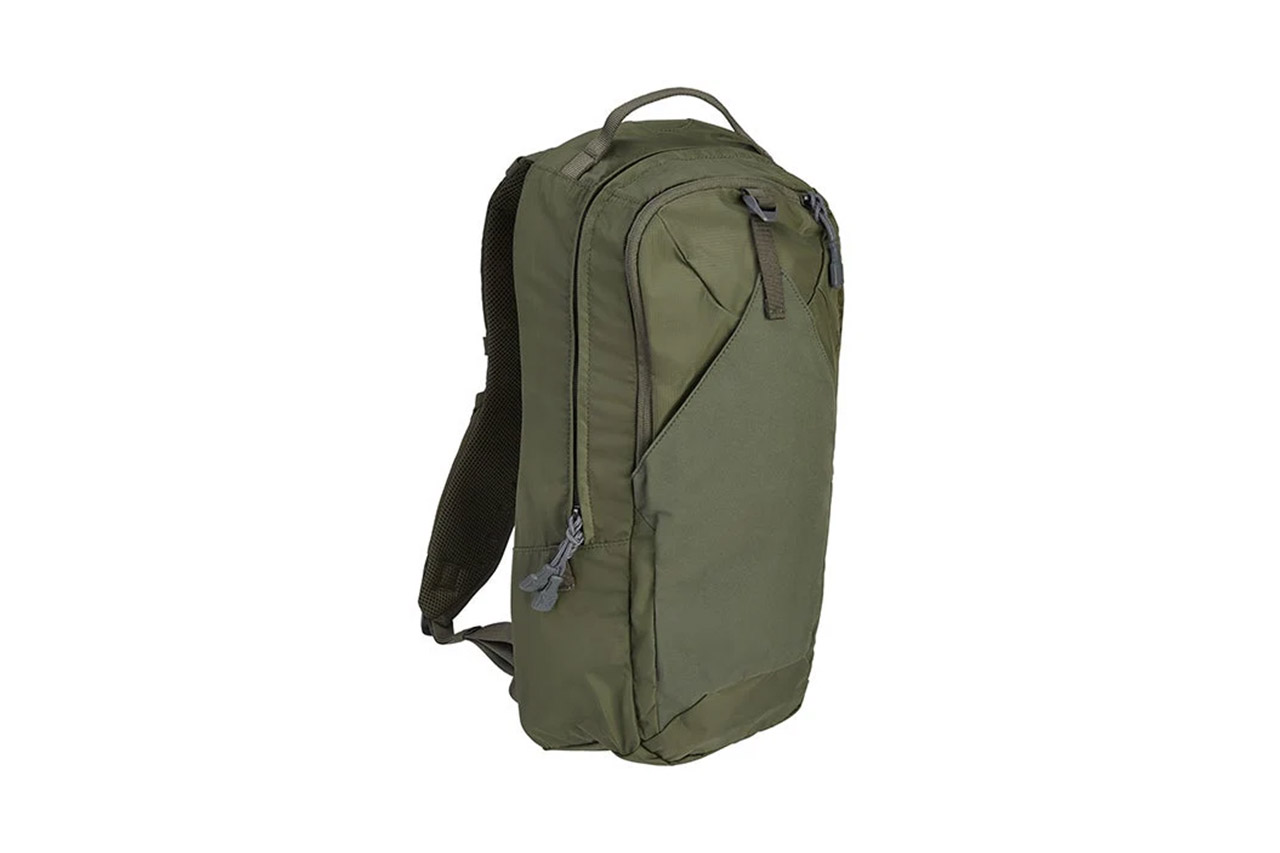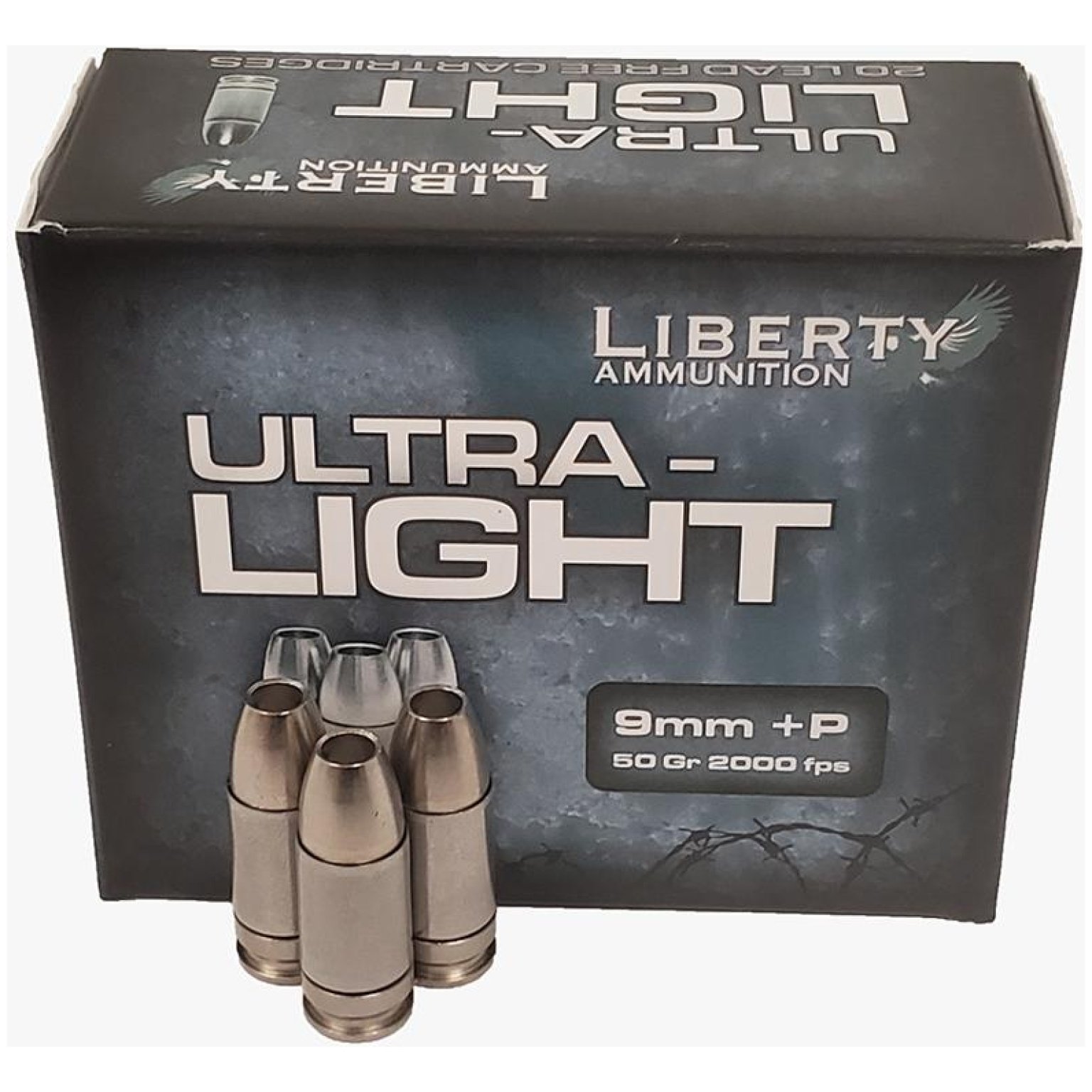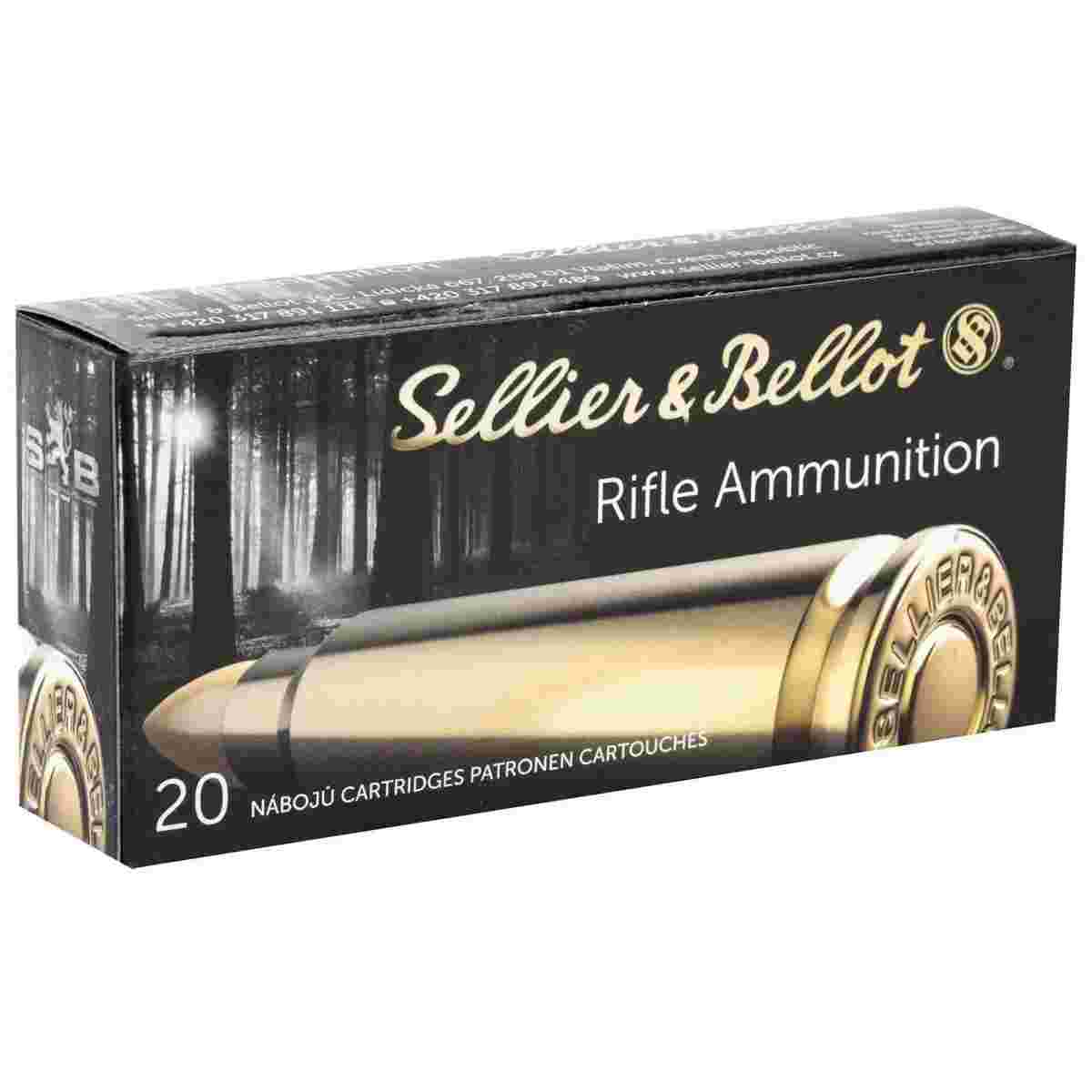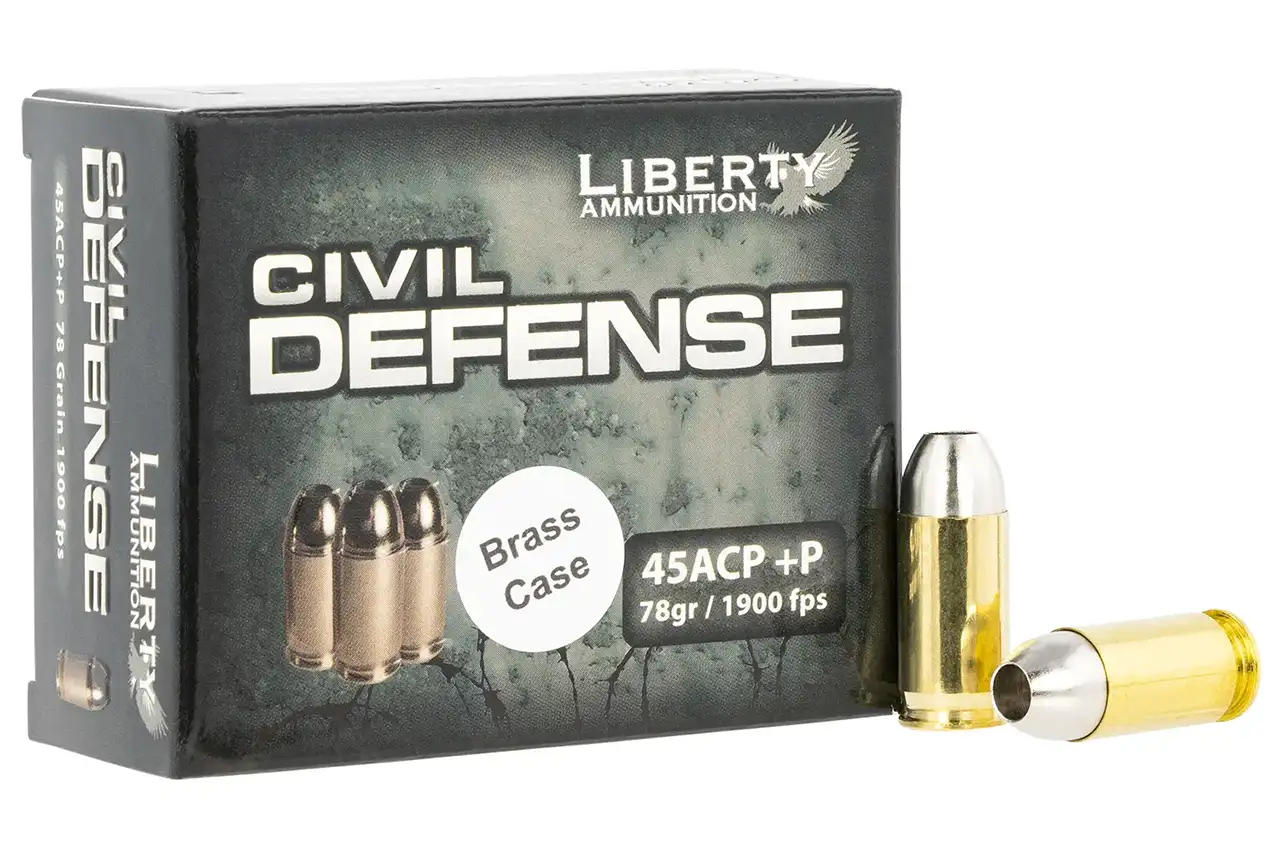Hammer Down Firearms: What It Means and Why It Matters for Gun Owners
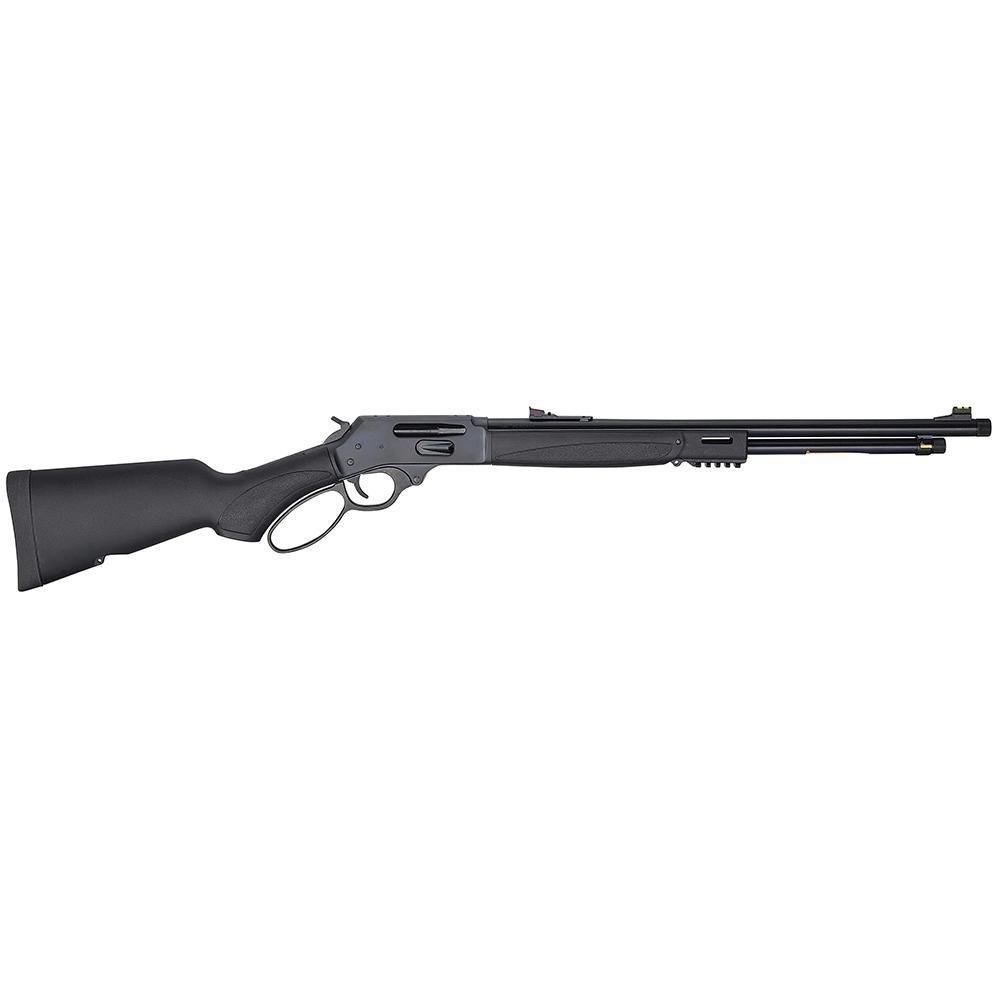
Introduction to Hammer Down Firearms

If you’re a firearm enthusiast, you’ve probably heard the term “hammer down” when discussing handguns, rifles, and shooting safety. But what exactly does it mean, and why is it important?
In the world of firearms and gun safety, understanding the concept of hammer down firearms can help you become a more responsible shooter, improve your handling techniques, and ensure proper firearm storage.
In this article, we’ll explore what hammer down means, when it applies to different firearms, and why it’s essential for gun safety and self-defense.
What Does “Hammer Down” Mean?
In simple terms, “hammer down” refers to a firearm with its hammer in the forward (resting) position, meaning it is not cocked and ready to fire. This term is commonly used when handling:
🔹 Single-action revolvers
🔹 Double-action revolvers
🔹 1911-style pistols
🔹 Lever-action rifles
Depending on the type of firearm, hammer down can indicate either a safe condition (when the firearm is unloaded) or a dangerous condition (if there’s a live round in the chamber).
Hammer Down in Different Firearm Types
1. Single-Action Revolvers
In classic single-action revolvers, such as the Colt Single Action Army, the hammer must be cocked manually before pulling the trigger.
- Hammer down = The gun won’t fire until manually cocked.
- Hammer cocked = Ready to fire with a light trigger pull.
For safety reasons, many gun owners carry these revolvers with an empty chamber under the hammer to prevent accidental discharge.
2. Double-Action Revolvers
Modern double-action revolvers, like the Smith & Wesson 686, allow the shooter to fire by simply pulling the trigger, even if the hammer is down.
- Hammer down = Safe to carry, can be fired by trigger pull.
- Hammer cocked = Lighter trigger pull, faster shot.
Most defensive shooters carry double-action revolvers with the hammer down, ensuring they can fire instantly without having to manually cock the hammer.
3. 1911-Style Pistols and Hammer-Fired Handguns
The 1911 pistol, one of the most famous handguns in history, has a single-action trigger and an exposed hammer. The three common carry methods include:
✔️ Cock and Lock (Condition 1): Hammer cocked, safety engaged. Preferred by professionals for quick readiness.
✔️ Hammer Down (Condition 2): Hammer down on a loaded chamber, but riskier to disengage.
✔️ Hammer Down on an Empty Chamber (Condition 3): Considered the safest for concealed carry.
Most modern hammer-fired handguns (such as SIG Sauer P226) have a decocking lever, allowing users to safely lower the hammer without pulling the trigger.
4. Lever-Action Rifles
Lever-action rifles, such as the Winchester 94, also feature external hammers. Hunters and shooters often lower the hammer when carrying the rifle, ensuring it won’t fire accidentally.
✅ Hammer down on an empty chamber = Safe for carrying.
✅ Hammer cocked = Ready to fire after chambering a round.
For added safety, some lever guns include half-cock positions, preventing the hammer from fully striking the firing pin.
Why “Hammer Down” Matters for Gun Safety
Understanding when and how to place a firearm’s hammer down is essential for gun safety, concealed carry, and home defense.
✔️ Prevents Accidental Discharge: Keeping a firearm’s hammer down ensures it doesn’t fire unintentionally.
✔️ Essential for Safe Holstering: Many carry methods require hammer-down positions to avoid accidents.
✔️ Improves Firearm Handling Skills: Knowing how to decock and handle different firearms properly makes you a more responsible gun owner.
If you own a hammer-fired firearm, practice safe hammer-down techniques to avoid mistakes.
How to Safely Lower the Hammer on a Firearm
If your gun does not have a decocker, follow these steps to safely lower the hammer:
1️⃣ Point the firearm in a safe direction.
2️⃣ Place your thumb on the hammer and maintain control.
3️⃣ Slowly pull the trigger while controlling the hammer’s movement.
4️⃣ Gently guide the hammer forward until fully down.
⚠️ Warning: If done improperly, this can lead to an accidental discharge. If you’re unsure, consult a firearm expert or choose guns with a decocking feature.
Where to Find the Best Hammer-Fired Firearms?
At Patriotic Firearms, we offer a wide selection of hammer-fired revolvers, 1911s, lever-action rifles, and defensive handguns. Whether you’re looking for a classic Colt 1911, a Smith & Wesson revolver, or a Winchester lever-action rifle, we have the best options available.
Browse our collection today and find the perfect hammer-fired firearm for your needs.
Conclusion
Understanding hammer down firearms is essential for gun safety, responsible ownership, and effective firearm handling. Whether you own a 1911, revolver, or lever-action rifle, knowing how to safely lower the hammer and carry your firearm can make a big difference.Contact us today to find the best hammer-fired guns for sport, self-defense, or collecting.


